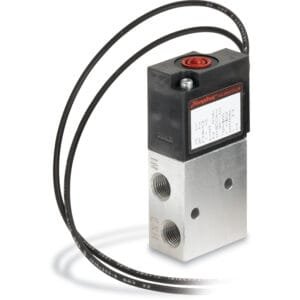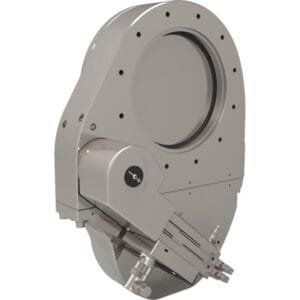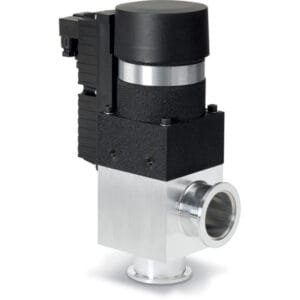DN295CF (14.00 OD) 316LN SS Standard ConFlat® (CF) UHV Flanges
DN295CF (14.00 OD) 316LN SS Standard ConFlat® (CF) UHV Flanges are designed for use in ultra-high vacuum (UHV) systems that require precise and reliable sealing. Made from 316LN stainless steel, these flanges are engineered to provide excellent corrosion resistance, mechanical strength, and low outgassing properties, making them ideal for demanding vacuum environments such as semiconductor manufacturing, research, and high-precision applications.
Key Features
Material: Crafted from 316LN stainless steel, which offers exceptional resistance to corrosion, oxidation, and high temperatures, making it the ideal material for UHV applications.
ConFlat® Seal: Equipped with ConFlat® (CF) metal-to-metal seals, these flanges offer a reliable, leak-tight connection crucial for maintaining the integrity of high- and ultra-high vacuum systems.
DN295CF Standard Size: The DN295CF flange has a 14.00-inch outer diameter (OD), making it suitable for larger systems requiring high-volume connections while maintaining the vacuum integrity.
High Purity: The 316LN stainless steel ensures low outgassing, preventing contamination of the vacuum environment and maintaining high purity, which is essential in semiconductor and research processes.
Compatibility: Designed to be fully compatible with other ConFlat® (CF) components, ensuring seamless integration into existing UHV systems and applications.
Durability: The 316LN stainless steel construction enhances the durability and long-term reliability of these flanges, ensuring they withstand the demands of high-vacuum conditions without compromising performance.
Applications
Ultra-High Vacuum Systems: Used to connect large vacuum chambers and maintain UHV conditions in semiconductor fabrication, research, and material processing systems.
Semiconductor Manufacturing: These flanges are ideal for high-precision processes where maintaining a clean, stable vacuum environment is crucial for producing quality electronic components.
Research & Development: In laboratory settings where UHV is required for experiments, these flanges ensure optimal sealing performance while minimizing contamination risks.
Thin Film Deposition: Widely used in thin-film deposition processes where maintaining a precise vacuum is necessary for the creation of high-quality thin films for electronics, optics, and coatings.
High-Precision Instruments: Essential in scientific instruments that require precise vacuum conditions, such as electron microscopes, X-ray diffraction equipment, and spectrometers.
Why Choose TFM’s DN295CF (14.00 OD) 316LN SS Standard ConFlat® (CF) UHV Flanges?
High-Quality Material: Made from 316LN stainless steel, offering corrosion resistance and strength, suitable for use in demanding UHV environments.
Leak-tight Seal: The ConFlat® metal-to-metal seal ensures a tight, secure connection that prevents leaks and maintains the integrity of the vacuum.
Large Diameter: The 14.00-inch outer diameter (OD) size is ideal for systems requiring larger connections, making these flanges versatile for a wide range of UHV applications.
Low Outgassing: The material’s low outgassing properties make it suitable for high-precision applications where contamination could compromise results.
Customizable: Available in a range of sizes and configurations to meet specific needs, with custom sizes available upon request.
Durability & Reliability: Designed to withstand harsh conditions, ensuring long-term, reliable performance in high-vacuum systems.
Manufacturing Process
Cold Pressing and Sintering: The flanges are manufactured using cold pressing and sintering techniques to achieve uniform density and strength.
Elastomer Bonding: Bonded to a backing plate using elastomer technology for added durability and stability, especially in demanding UHV conditions.
Cleaning: Each flange is thoroughly cleaned to remove contaminants, ensuring a contamination-free environment when used in vacuum applications.
Packaging: After cleaning, the flanges are carefully packaged to protect them from damage and contamination during transport, ensuring they arrive in perfect condition.
Ordering Table
| Flange Size/OD | Type | Note | Part Number |
| Fixed | — | — | F1400N000NLN |
| Fixed Tapped | — | — | F1400N000NMLN |
| Rotatable Tapped | — | — | F1400N000RMLN |
| Fixed Tapped | — | — | F1400N000TLN |
| Fixed | Fixed | F1400N1200NLN | |
| Fixed Tapped | — | — | F1400N1200TLN |





Reviews
There are no reviews yet.